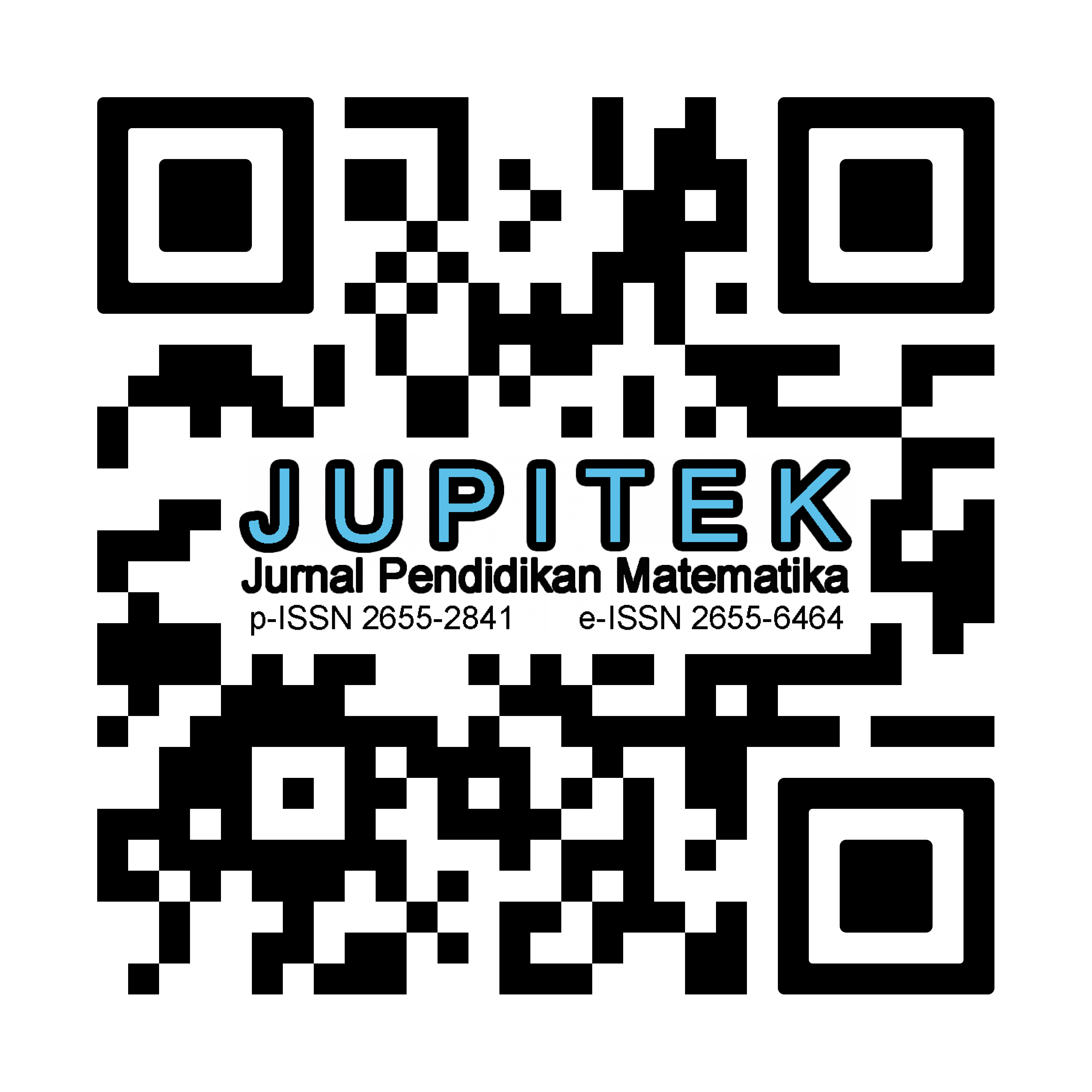PENGGUNAAN MODEL PEMBELAJARAN KOOPERATIF TIPE TWO STAY TWO STRAY (TSTS) UNTUK MENINGKATKAN HASIL BELAJAR SISWA PADA MATERI STATISTIKA
Abstract
Student learning achievement in statistical material is still relatively low, because the learning method used is still monotonous (conventional). This study aims to improve the learning achievement of class XII Students of SMA Negeri 2 Salahutu on statistical material through the cooperative learning type two stay two stray. This type of research is a class action research consisting of two cycles, with each cycle consisting of two meeting. The subjects in this study were students of class XII-MIA2 with a sample of 20 students. Data collection techniques in this study were obtained from the results of observations and final test results of students in each cycle. Classical student learning outcomes from cycle I to cycle II increased by 15%. Based on results obtained, it can be concluded that using the cooperative learning of the two stay two stray type can improve the learning outcomes of class XII students of SMA Negeri 2 Salahutu on statistical matrial.
Downloads
References
Arwalebun, I. 2015. Pengembangan Perangkat Pembelajaran Kooperatif Tipe Two Stay Two Stray (TSTS) Pada Materi Volume Prisma Segitiga dan Tabung di Kelas VI SD Negeri 41 Ambon. Skripsi. Ambon: Fkip Unpatti
Hamalik, O. 2014. Proses Belajar Mengajar. Jakarta: PT Bumi Aksara.
Khosim, N. 2011. Eksperimentasi Pembelajaran Matematika Menggunakan Model Pembelajaran Kooperatif Tipe STAD dengan Pendekatan Quantum Learning Pada Materi Statistika Ditinjau Dari Minat Belajar Matematika Siswa Kelas XI. Skripsi. Surakarta: Fkip Surakarta.
Ratumanan, T. G. 2015. Belajar Dan Pembelajaran.Edisi ketiga.Yogyakarta: Penerbit Pensil Komunika.
Rusman. 2012. Belajar dan Pembelajaran Berbasis Komputer. Bandung: Penerbit Alfabeta
Saefuddin, A. & Berdiati, I. 2014. Pembelajaran Efektif. Bandung: PT Remaja Rosdakarya.
Shoimin, A. 2014. 68 Model Pembelajaran Inovatif dalam Kurikulum 2013. Yogyakarta: Ar Russ Media.
Sriyati. 2010. Interaksi Pembelajaran Matematika Menghadapi UN. Surakarta.
Susanto, A. 2013. Teori Belajar Dan Pembelajaran di Sekolah Dasar. Jakarta: Penerbit Prenadamedia Group.
Tutuhatunewa, E. & Laurens, T. 2016. Penelitian Tindakan Kelas.Yogyakarta: Pensil Komunika
Copyright (c) 2020 Christina Martha Laamena, Lisma Kapitan, Magy Gaspersz

This work is licensed under a Creative Commons Attribution-NonCommercial-ShareAlike 4.0 International License.
License and Copyright Agreement
By submitting a manuscript to Jurnal Pendidikan Matematika (JUPITEK), the author(s) certify and agree to the following terms:
- Originality and Authority: The submitting author is authorized by all co-authors to enter into this agreement. The manuscript describes original work that has not been published previously in a peer-reviewed journal, nor is it under consideration for publication elsewhere.
- Approval: Its publication has been approved by all author(s) and by the responsible authorities of the institutions where the work was carried out.
- Rights: The authors secure the right to reproduce any material that has already been published or copyrighted elsewhere.
- Licensing and Copyright: Authors retain the copyright to their work.
- License Grant: The authors grant Jurnal Pendidikan Matematika (JUPITEK) the right of first publication, with the work simultaneously licensed under the Creative Commons Attribution-NonCommercial-ShareAlike 4.0 International (CC BY-NC-SA 4.0).
- Self-Archiving: Authors are permitted and encouraged to deposit the published version of their article in institutional repositories, on their personal websites, and other academic platforms, with proper acknowledgment of its initial publication in Jurnal Pendidikan Matematika (JUPITEK).






.png)


